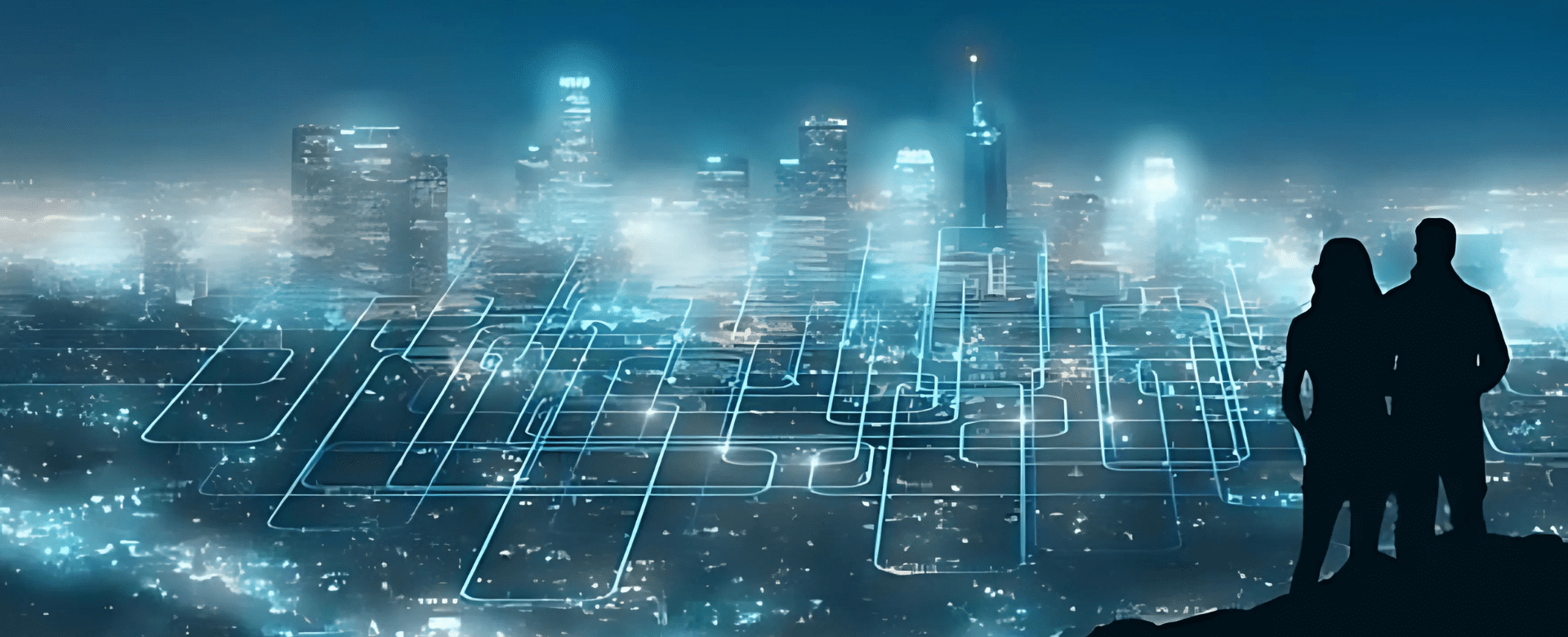Blog Post | January 2025
Harnessing AI for Social Good: Real-World Applications Driving Change
As we prepare for the Govtech 4 Impact World Congress 2025, one of the major topics shaping the global conversation is Artificial Intelligence (AI). This transformative technology has rapidly evolved to address complex challenges, offering scalable solutions that align with the United Nations Sustainable Development Goals (SDGs). In this article, we explore three inspiring examples of AI applications advancing SDGs 11, 12, and 13, illustrating its immense potential for social good.
Why AI Matters for Social Good
While a recent Accenture survey shows that 95% of employees recognize the value of generative AI in the workplace, significant gaps remain in implementing equitable and ethical AI frameworks. Alarmingly, three-quarters of organizations worldwide lack strategic guidelines for ensuring AI benefits society positively. Yet, even amidst these challenges, there are concrete examples of AI driving meaningful change. Below, we delve into three ways AI is already making a difference in saving lives, reducing waste, and protecting the environment.

1. AI for Saving Lives and Building Resilience
Natural disasters are unpredictable, often requiring immediate, coordinated responses. AI has become a pivotal tool in managing these crises, offering critical support through advanced modeling and real-time data analysis. These efforts align closely with SDG 11: Sustainable Cities and Communities, which emphasizes enhancing resilience to disasters and making urban spaces safer and more sustainable.
Consider a hospital encircled by floodwaters: AI-powered tools can provide responders with virtual layouts of the building, identify high-priority patients, and suggest evacuation routes. By integrating IoT sensors, social media data, and even insights from autonomous robots, emergency teams can efficiently overcome logistical barriers, saving lives and mitigating damage.
Beyond emergency response, AI prediction systems play a crucial role in disaster prevention. For instance, wildfire risks can be forecasted by mapping environmental factors like fuel moisture levels. These predictive models empower communities to allocate resources strategically, helping to reduce economic losses, protect lives, and minimize environmental harm—all key aspects of achieving SDG 11’s vision for sustainable and resilient urban development.
2. Reducing Waste in Manufacturing: A Leap Toward SDG 12
AI is revolutionizing industrial sustainability by aligning with SDG 12: Responsible Consumption and Production. AI-powered inspection systems minimize material waste by detecting defects early, while predictive maintenance tools prevent equipment failures, saving energy and resources.
The integration of mixed reality and AI further refines production workflows. Augmented reality tools simplify complex tasks, enhancing worker safety and productivity. Combined, these technologies are key drivers of the circular economy, reducing environmental footprints and fostering a more sustainable industrial future.

3. AI for Environmental Protection and Climate Action
Climate change demands innovative strategies, and AI is stepping up as a game-changer for SDG 13: Climate Action. By analyzing real-time data from satellites, sensors, and even social media, AI monitors critical environmental indicators like CO₂ emissions and rising sea levels. These insights allow governments and organizations to implement targeted interventions to protect ecosystems and communities.
For example, policymakers can address greenhouse gas hotspots or use AI-driven scenario planning to forecast the impacts of extreme weather events. In one projection, AI could reduce global CO₂ emissions by up to 5.3 gigatons annually (Boston Consulting Group), showcasing its potential to drastically curb environmental degradation.
AI’s Promise and Path Forward
AI is already proving its transformative power in tackling some of the world’s most pressing challenges. From disaster resilience to waste reduction and environmental protection, these applications demonstrate how AI can be a force for social good.
However, to fully unlock AI’s potential, we must address critical gaps in ethical governance, strategic planning and implementation, and equitable access. Ensuring AI serves all communities fairly requires collaborative frameworks that prioritize inclusivity and responsibility.
As we approach the Govtech 4 Impact World Congress 2025 (May 12-14, Madrid), let’s continue exploring how AI can drive a sustainable, resilient, and equitable future. Join us as we bring together global leaders, innovators, and changemakers to shape a better tomorrow.
This article is your gateway to understanding how cutting-edge technology intersects with human values and societal progress. For more insights, stay tuned to the Govtech 4 Impact World Congress agenda, which features dedicated panels on AI-driven public value creation and sustainable digital innovation. Together, we can transform ambition into action.